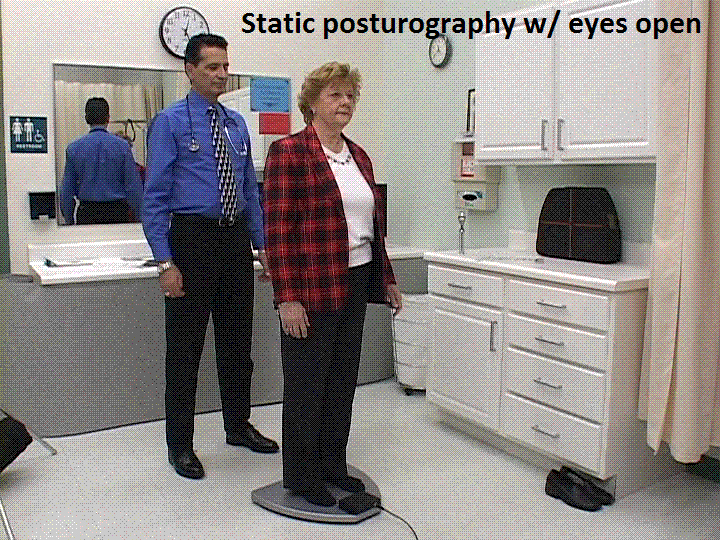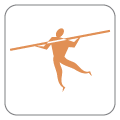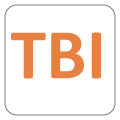Posturography equipment is used clinically to assess concussion and traumatic brain injuries (TBI).
So far the main criticism has been that posturography can ONLY be used in clinical settings. Hence, non clinical grade and subjective tests have been developed to provide a sideline assessment tool.
With the CAPS® (Comprehensive Assessment of Postural Systems), this is no longer true: they are clinical grade, portable, USB powered, easy to use posturography systems that you can use on the sidelines! And the same technology can be used to assess when an athlete is ready to return to play, by continuously monitoring the recovery and rehabilitation progress after an injury and comparing the results with pre‑injury baselines for the same subject.
Sports that involve physical contact are a major cause of head injuries. This is true for hockey as well as several other sports, including, but not limited to, football, soccer, lacrosse and rugby. Unfortunately, many coaches, athletes, parents and trainers do not have the knowledge and specialized training to detect the sometimes subtle symptoms of low level head injuries. According to Schneiders et al. [1] "Lack of knowledge of concussions could therefore be one of the main detriments to concussion prevention".
It is well established in the scientific literature that even mild Traumatic Brain Injuries (mTBIs) affect balance; for this reason, tasks involving balance and coordination are commonly used to determine neurological function in sports‑related concussion [2][3]. According to Davis et al. [4] "currently, all tests and investigations, with the exception of clinical balance testing, remain experimental". Unfortunately, balance testing in its current forms requires too much time and specialized training to be suitable for routine and/or sideline testing of athletes. For instance a commonly used balance assessment called Balance Error Scoring System (BESS) requires 6 different test conditions for a total test time of about 3 minutes; it should be repeated 3 times [5] for a total of 9 minutes; it requires 2 persons highly trained in observing postural changes; it cannot be performed with skates or shoes, thus requiring additional time to remove and put them back on; and above all it is subjective in nature because it relies on observation making it somewhat unreliable [6] and capable of detecting only relatively large balance impairments.
Computerized Dynamic Posturography (CDP) instruments could overcome these limitations, but the devices so far used in research were designed for clinical and research labs, and so are difficult to transport, take up a lot of space, and require too much time and specialized training to be effectively used on the sidelines. The main consequence is that only impacts and concussions that produce obvious and immediate symptoms such as headaches, tinnitus (the perception of sound within the human ear in the absence of corresponding external sound), dizziness, disorientation or even momentary loss of consciousness are identified and treated, whereas those head injuries not producing evident symptoms go undetected and untreated, often until their cumulative effect becomes severe and permanent. Parker et al. [7] have shown that "athletes consistently demonstrated gait imbalance even in the absence of concussion. The findings of this study support the supposition that participation in high‑impact sports has a measurable and possibly detrimental effect on balance control in the absence of a medically diagnosed concussion". Furthermore, it is well established that "Chronic Traumatic Brain Injury (CTBI) represents the cumulative, long‑term neurological consequences of repetitive concussive and sub‑concussive blows to the brain and since its treatment options are relatively limited, the prevention of CTBI is of paramount importance and will undoubtedly rely on increasing medical surveillance" [8].
A major limitation of most balance measuring methods and instruments instruments, including most CDP devices commonly used in clinical and research applications, is the fact that they do not possess the metrological characteristics (accuracy, precision and resolution) sufficient to detect small changes in a person's postural control such as those caused by minor impacts and otherwise asymptomatic concussions. As explained in our posturography page, not all posturographic instruments are created equal. Unfortunately, all too few users of balance measuring devices realize the simple fact that the data they obtain are only as good as the instruments used to collect them.
[1] Cusimano MD. "Canadian minor hockey participants' knowledge about concussion." Can J Neurol Sci. 2009 May;36(3):315‑20.
[2] Schneiders AG, Sullivan SJ, Gray AR, Hammond‑Tooke GD, McCrory PR. "Normative values for three clinical measures of motor performance used in the neurological assessment of sports concussion." J Sci Med Sport. 2010 Mar;13(2):196‑201. Epub 2009 Jun 27.
[3] Guskiewicz KM. "Assessment of postural stability following sport‑related concussion." Curr Sports Med Rep. 2003 Feb;2(1):24‑30.
[4] Davis GA, Iverson GL, Guskiewicz KM, Ptito A, Johnston KM "Contributions of neuroimaging, balance testing, electrophysiology and blood markers to the assessment of sport‑related concussion." Br J Sports Med. 2009 May;43 Suppl 1:i36‑45.
[5] Broglio SP, Zhu W, Sopiarz K, Park Y. "Generalizability theory analysis of balance error scoring system reliability in healthy young adults." J Athl Train. 2009 Sep‑Oct;44(5):497‑502.
[6] Finnoff JT, Peterson VJ, Hollman JH, Smith J. "Intrarater and interrater reliability of the Balance Error Scoring System (BESS)" PM R. 2009 Jan;1(1):50‑4. Epub 2008 Dec 10.
[7] Parker TM, Osternig LR, van Donkelaar P, Chou LS. "Balance control during gait in athletes and non‑athletes following concussion." Med Eng Phys. 2008 Oct;30(8):959‑67. Epub 2008 Feb 1.
[8] Rabadi MH, Jordan BD. "The cumulative effect of repetitive concussion in sports." Clin J Sport Med. 2001 Jul;11(3):194‑8.





